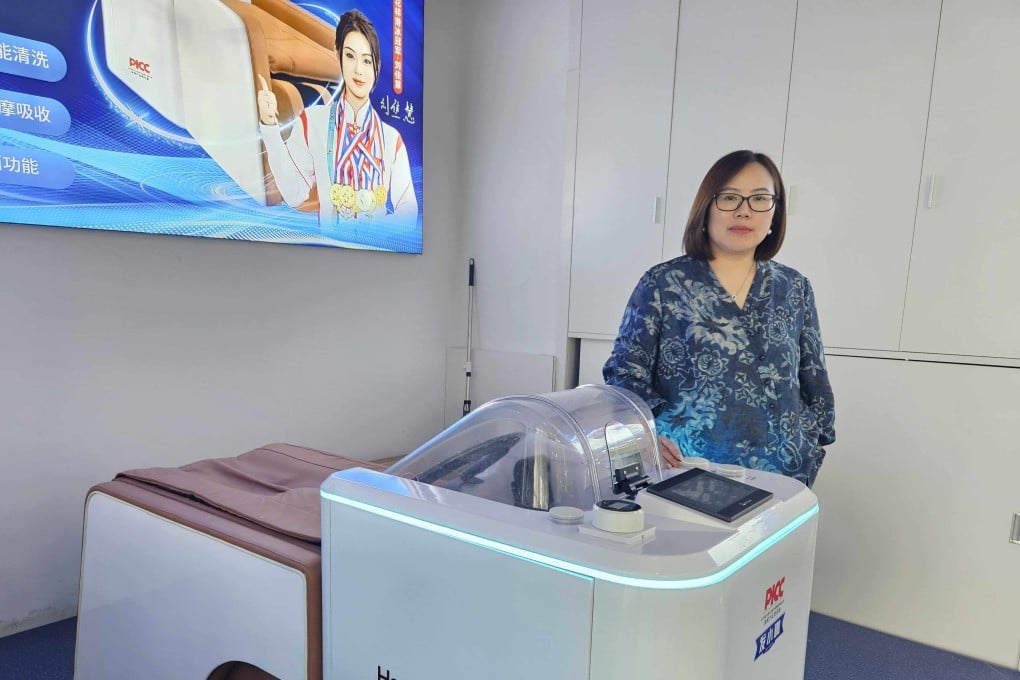As argued in , telcos across the Asia-Pacific region must move quickly on AI adoption. But new research by Omdia reveals a crucial evolution: the winning strategy balances hyperscaler scale with operator-defined sovereignty. Singtel’s hyperscaler partnerships, spanning Amazon Web Services (AWS), Microsoft Azure, and Google Cloud, initially prioritised breadth.
However, its 2023 pivot to the (GTAA) shows operators are recalibrating relationships with big tech to navigate vendor lock-in risk. Omdia’s last year confirms the stakes: APAC telcos use hyperscalers for AI, but 60% of respondents view public cloud lock-in as an existential threat. Rather than retreating into costly isolation or ceding control to big tech, some of APAC's most strategic players are taking a third path through alliances.

By collaborating, they can potentially reduce infrastructure costs, co-create telco-specific solutions, and fine-tune AI for local needs – all while retaining . Pressures reshaping the telco-hyperscaler relationship APAC telcos face a potent blend of geopolitical, financial and regulatory pressures that are reshaping their relationship with hyperscalers. Escalating have intensified the AI chip shortage crisis, particularly affecting China's tech sector.
H3C, one of China’s largest server manufacturers, reported critically low Nvidia H20 inventory levels with no resupply expected until mid-2025. The H20, specifically designed to comply with US export regulations, is one of the few advanced AI processors legally available in the Chinese market. This hardware scarcity threatens regional AI ambitions despite hyperscaler partnerships, pushing telcos to seek alternatives.
Meanwhile, despite hyperscalers exceling at elastic scaling for legacy workloads, their pricing models struggle with AI’s compute intensity. Telcos now seek hybrid approaches that pair hyperscalers’ global pipelines with localised AI infrastructure. Regulatory demands are also escalating in parallel.
Singapore’s Infocomm Media Development Authority (IMDA) now holds telcos fully accountable for outages, imposing fines of up to 10% of annual revenue – even for failures by third-party providers. A Canalys survey found that 82% of 120 operators now cite as their top hurdle to hyperscaler AI adoption, up 24 percentage points since 2021. This aligns with new regulations like South Korea’s AI Act, which mirrors Europe’s that mandates local training for sensitive data, including public and healthcare sectors.
These trends reflect a broader regional shift towards data sovereignty, forcing telcos to rethink their cloud and AI strategies. The alliance advantage: scale with control This pressure is creating concrete alternatives. The GTTA, which includes Singtel, SK Telecom, Deutsche Telekom, and e&, is redefining how telecoms engage with big tech.
While hyperscalers primarily offer benefits like elastic infrastructure and support for cross-border workloads on a global scale, alliances focus on enabling localised compliance and language optimisation, offering greater local control. Through alliances like the GTAA, telcos gain several critical advantages often difficult to achieve with hyperscalers alone. One key advantage is reduced infrastructure cost.
Co-investing in graphics processing unit (GPU) infrastructure and sharing compute resources helps alliance members lower both the capital and operational expenditures of AI deployment. This approach improves utilisation rates, reducing idle time and ensuring that GPU capacity is matched more closely to demand. Another benefit is the co-creation of telco-specific solutions.
Joint development enhances quality by leveraging diverse expertise and data. GTAA’s multilingual (LLM), for example, benefits from training datasets contributed by all members. This improves performance while minimising duplicated effort, enabling members to share resources instead of building separate models.
Furthermore, alliances enable the creation of AI solutions tailored to local needs. Shared data and training capabilities allow members to optimise AI models for language nuances and regulatory compliance. Shared data environments permit telcos to train AI models on diverse linguistic patterns, including slang, idioms and dialects.
In addition, shared GPU clusters facilitate compliance with regulatory requirements mandating that sensitive data remain local, such as those outlined in South Korea’s AI Act and Singapore’s Personal Data Protection Act (PDPA). Reclaim sovereignty without sacrificing scale The pressures reshaping the telco-hyperscaler dynamic are here to stay. With hyperscaler contracts typically being renewed annually, the next six to twelve months present a crucial window for telcos to act.
Telcos should first audit their dependencies, identifying hyperscaler over-reliance in key areas like AI analytics, fraud detection, and network optimisation. Next, building strategic alliances is crucial – partnering with peers facing similar regulatory and operational challenges allows for pooling infrastructure, data and bargaining power. Finally, telcos need to right-size their hyperscaler use, retaining the global cloud for non-core workloads while migrating high-value, sensitive AI tasks, such as local-language chatbots, to shared regional infrastructure.
The path forward Hyperscalers provide unbeatable global infrastructure, but their regional AI gaps – from language support to compliance – create costly trade-offs. Alliances allow telcos to fill those gaps without abandoning hyperscaler partnerships entirely. This hybrid approach – alliances for sovereignty, hyperscalers for scale – is proving its value across APAC markets.
As Singtel’s pivot proves, the future belongs to telcos that can simultaneously harness hyperscalers’ global pipelines and alliances’ local precision. Those who master this balance will define APAC’s AI landscape for the next decade. This is the new playbook: collaborate where it counts, localise where it matters, and partner with big tech on your own terms.
.
Technology

APAC telcos forge alliances for AI sovereignty

Faced with fears over vendor lock-in and rising sovereignty demands, operators are turning to alliances to complement hyperscaler partnerships as they strike a balance between global scale and local control















